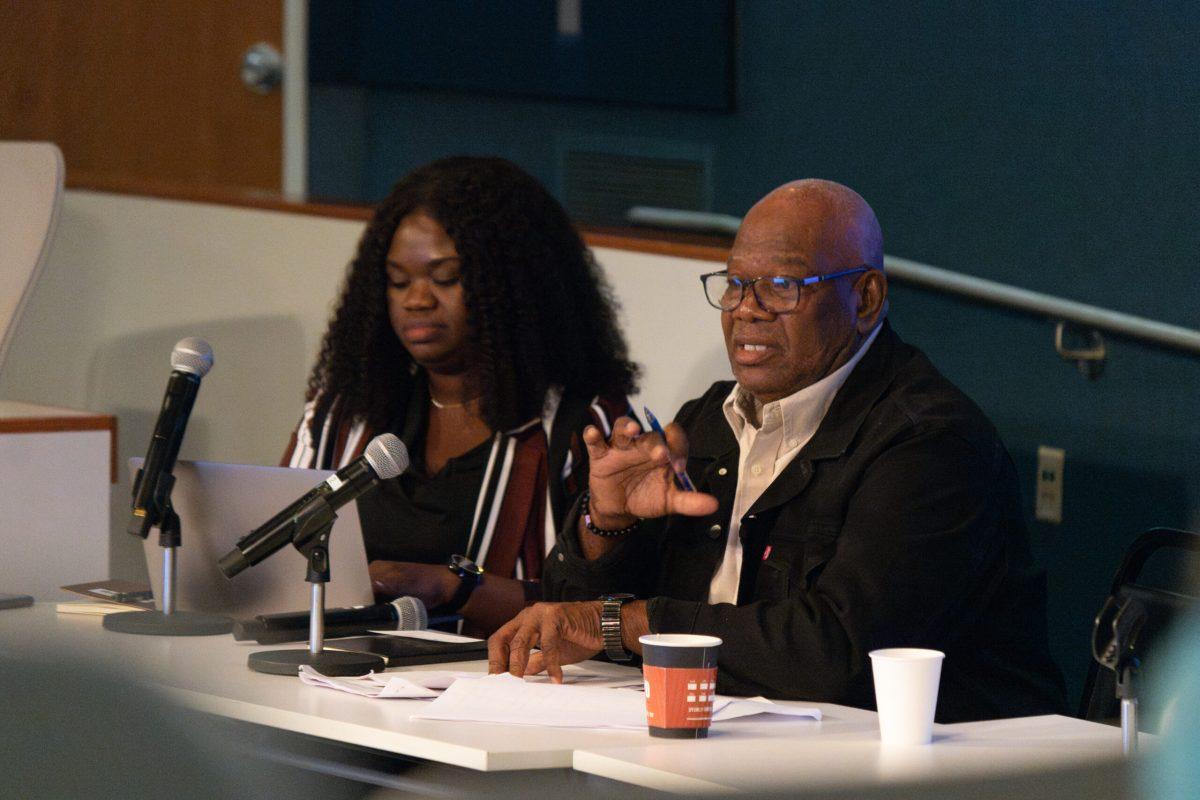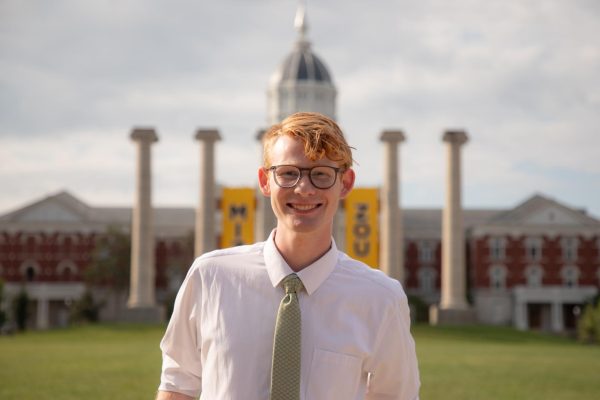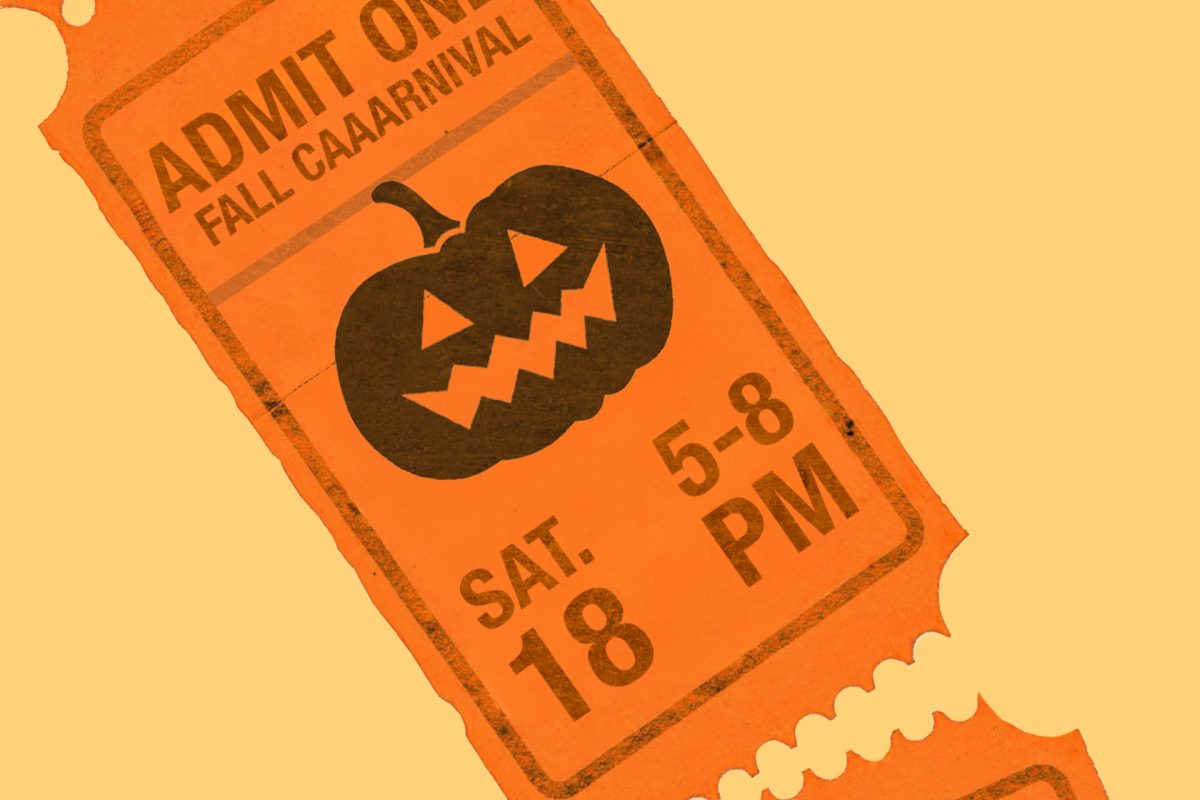The theme for this year’s conference for the Black Studies Department was critical perspectives at the university and included a variety of speakers from across the world.

The University of Missouri’s Black Studies department hosted its annual fall conference on Oct. 10-11 at the Donald W. Reynolds Journalism Institute.
This year, the Black Studies department aimed to facilitate a discussion on the university’s treatment of race. Speakers from across the world were at this event including keynote speaker Dr. Davarian L. Baldwin, author of “In the Shadow of the Ivory Tower: How Universities are Plundering Our Cities.”
The third panel featured two speakers from outside of the United States and their thoughts on the impact of Black communities and Black knowledge traditions.
Kharoll-Ann Souffrant from the University of Ottawa and Angela Stanley from York University discussed ways to tackle the lack of diversity that higher education sees in Canada. One of the ways they pointed out is to have speakers from different communities come and speak during lectures.
“If there’s a particular topic that you are teaching, bring in someone from those outside of the academy to talk to your students about those particular issues,” Stanley said.
Stanley stated that by giving a platform to speakers from communities students might not be familiar with is an important step to combating bias. When Stanley builds her community, she feels that through this teaching method she’s been able to make a difference in higher education despite limited resources.
“We want to make sure that when we’re building things, we’re building for the margins, because then the center is covered,” Stanley said.
After Stanley and Souffrant gave their presentation, Alassane Abdoulaye Dia from the Université Numérique Cheikh Hamidou Kane in Senegal explained the impact of the Harlem Renaissance on the Black community, specifically with literature by Black authors.
The Harlem Renaissance was a social movement from 1918-1937. Dia believes this movement was important in helping to reimagine Black identity and embrace cultural autonomy. The Harlem Renaissance laid the groundwork for future movements.
“If you reconnect to the Harlem cultural movement and literary movement, it influenced scholars and great writers to be engaged in race rehabilitation, racial rehabilitation and to fight against oppression,” Dia said.
Dia noted that the Black Lives Matter movement and several others have taken inspiration from the Harlem Renaissance. Additionally, the Harlem Renaissance movement was also important in establishing the Black studies departments at universities across the U.S., including MU.
In the first day’s final presentation, keynote speaker Baldwin shared his thoughts on an abolitionist university, a collegiate setting that examines higher education through a critical lens, specifically looking at its promises to equality and promoting diversity. He believes universities are currently restrictive and prioritize corporate interests over the best interest of their students. Baldwin said DEI programs are a great way to empower marginalized groups.
“Black people, brown people and queer folk have took the DEI space and made it something profound,” Baldwin said. “[They] used it as a wedge, as a pathway to make real change in spaces that were profoundly hostile to their very existence.”
Payton Head, the Missouri Student Association student body president from 2015-2016, was part of the closing panel on the last day. He spoke on the importance of events like this conference for fostering change in communities with MU student KJ Byrd and MSA Social Justice Affairs Chair Aidyn Gleason. Head referred to the four pillars of Mizzou, highlighting respect and discovery as he correlated the pillars to the issues brought up during the conference.
“It’s important to support events like this that continue to happen at the university,” Head said. “I think [the conference] gets into that discovery [pillar] and the respect [pillar] as well to be able to be a marketplace of ideas, which is what a university is supposed to do.”
Edited by Julianna Mejia | [email protected]
Copy edited by Chase Pray, Emma Short and Natalie Kientzy | [email protected] and [email protected]
Edited by Claire NguyenEdited by Emily Skidmore | [email protected]









